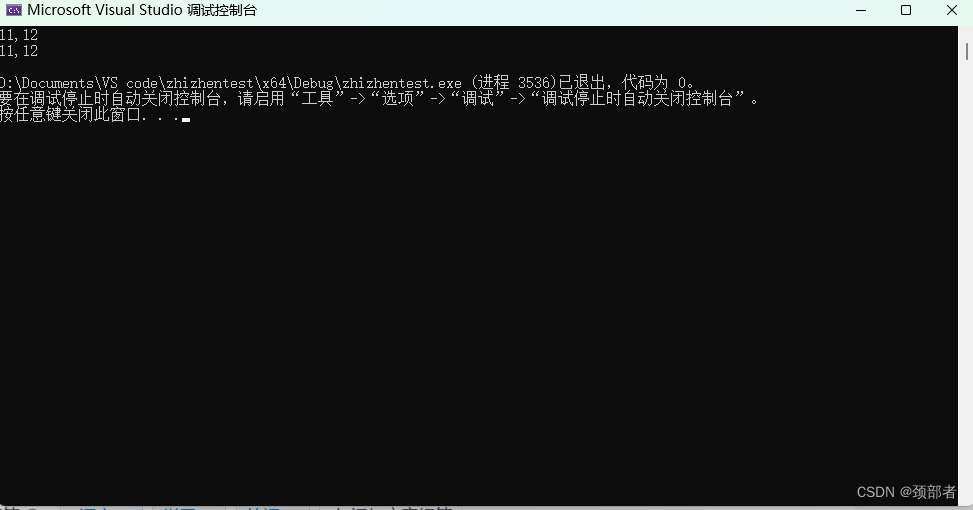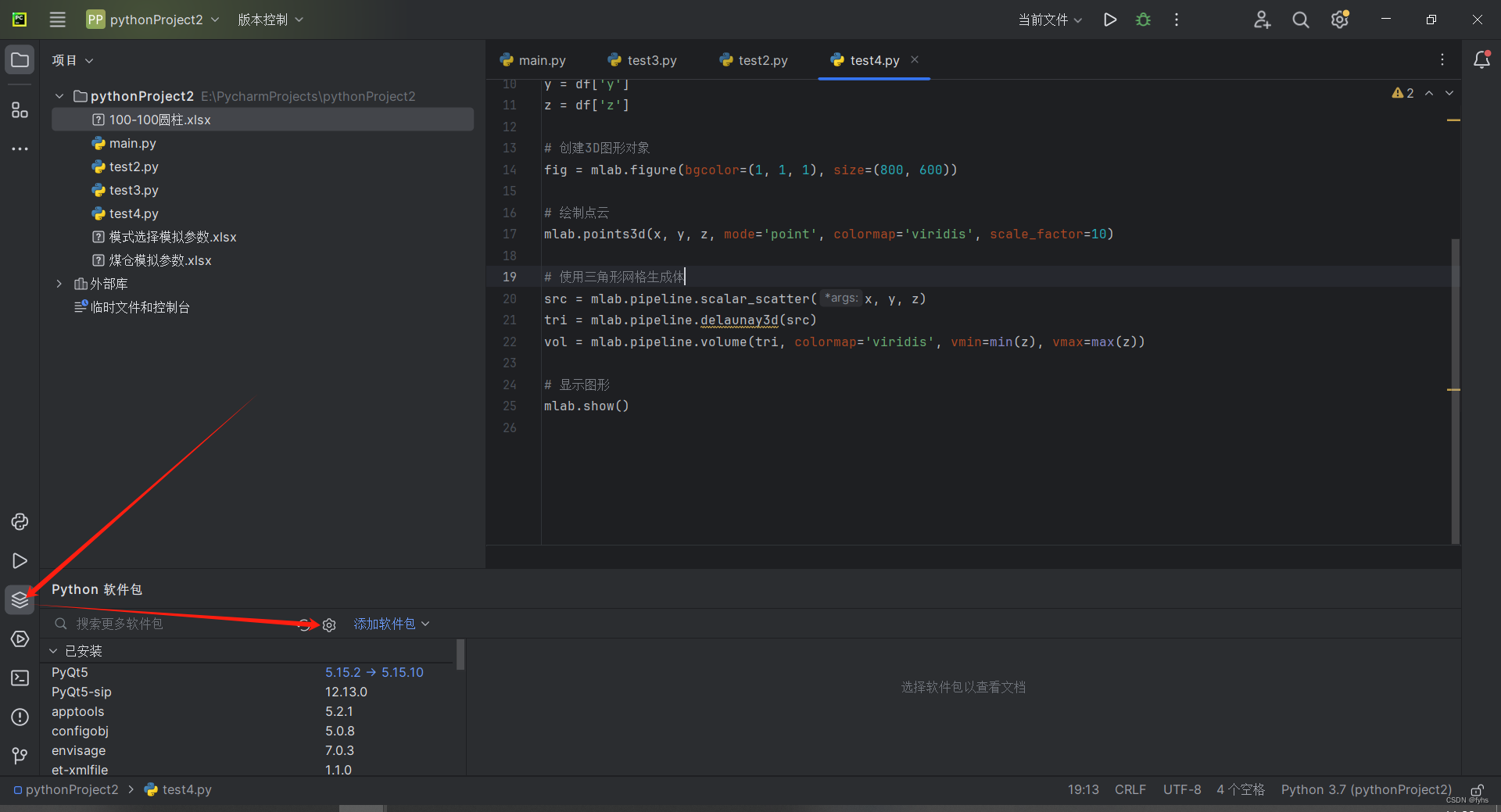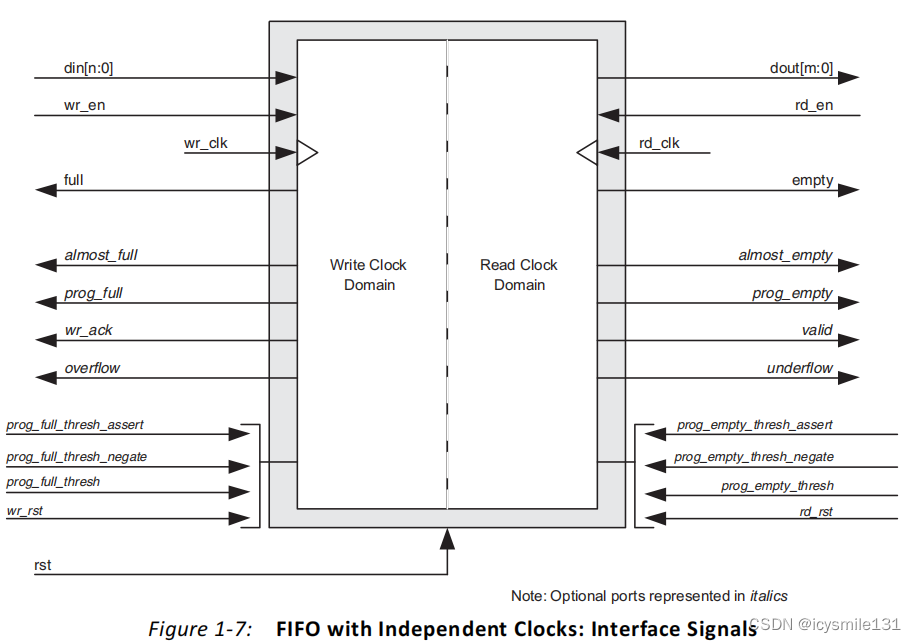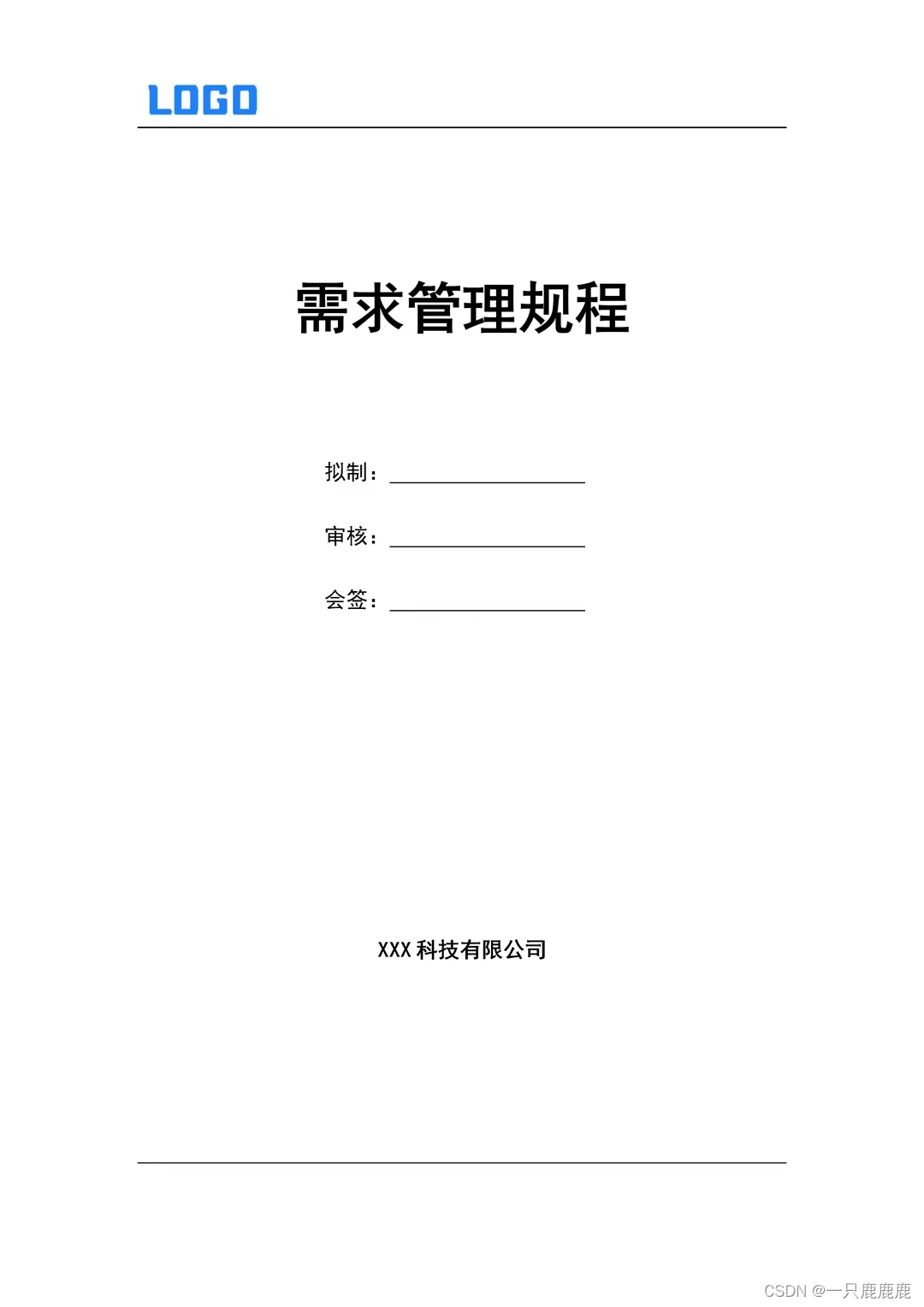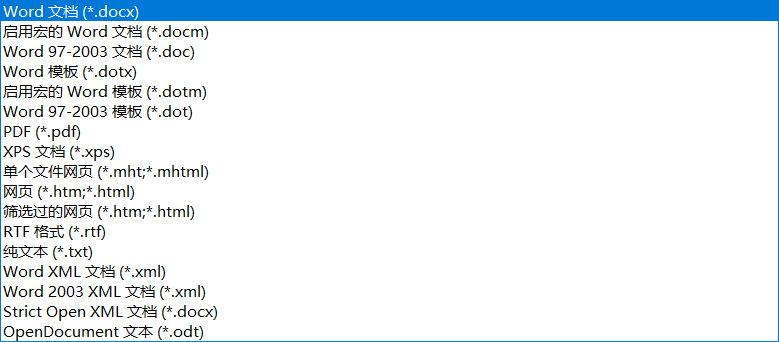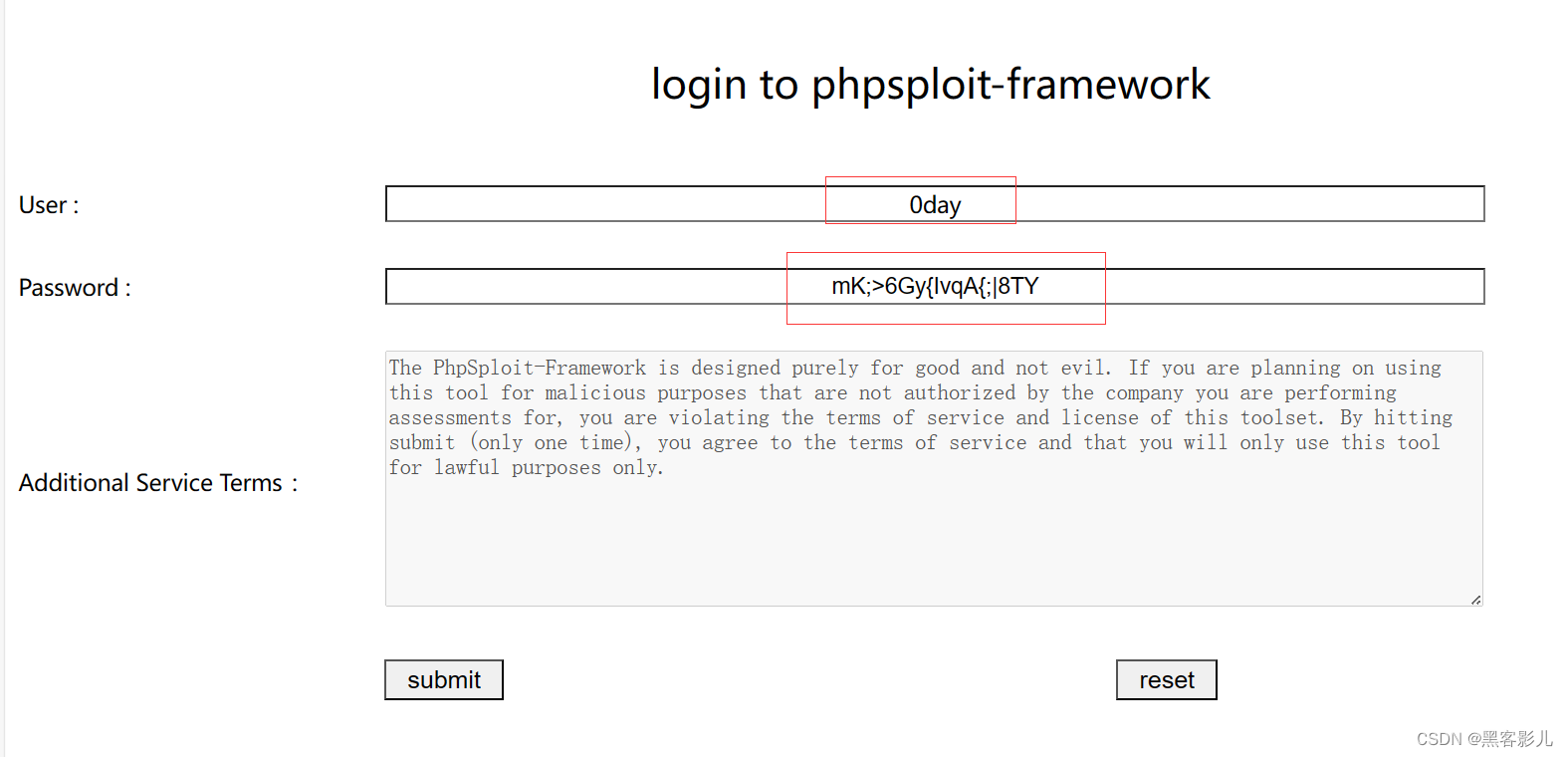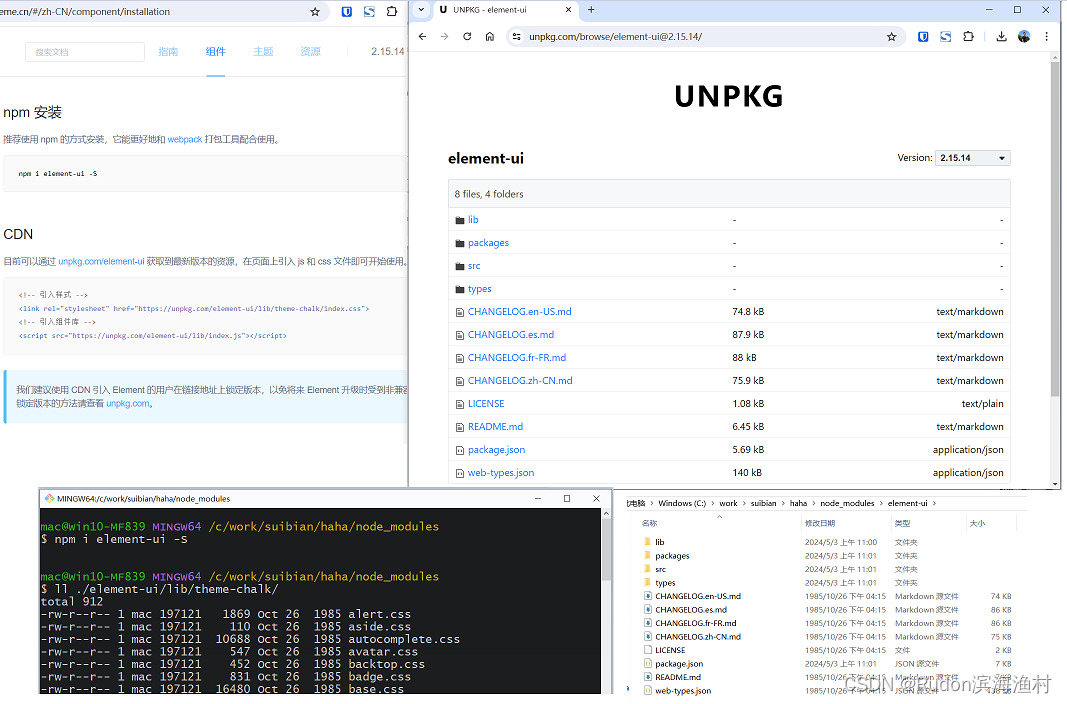(二)线程的创建、分离和链接
创建线程:示例
线程(Thread)是并发执行的基本单位。在C++中,std::thread用于创建和管理线程。当你想在线程中执行某个有参数或无参数的函数时,你可以将该函数传递给std::thread创建的线程对象,以下是一些示例。
示例1:传递无参数函数
#include <iostream>
#include <thread>
void print_hello() {
std::cout << "Hello from thread!\n";
}
int main() {
// 创建一个 std::thread 类型的对象 t,并传递 print_hello作为t构造函数的参数。
std::thread t(print_hello);
t.join(); // 等待线程结束,下一节介绍其作用
return 0;
}
示例2:传递带参数函数(拷贝)
#include <iostream>
#include <thread>
void print_number(int num) {
std::cout << "Number: " << num << '\n';
}
int main() {
int value = 42;
std::thread t(print_number, value); // 创建线程,并传入参数(value 被拷贝给线程 )
t.join(); // 等待线程结束
return 0;
}
示例3:传递带参数函数(使用引用或指针)
如果你希望在线程中修改传入的参数值,可以用std::ref来包装参数,以便在创建线程时传递其引用。
#include <iostream>
#include <thread>
void modify_number(int& num) {
num *= 2;
std::cout << "Modified number: " << num << '\n';
}
int main() {
int value = 42;
std::thread t(modify_number, std::ref(value)); // 创建线程,并传入参数的引用
t.join(); // 等待线程结束
std::cout << "Value in main: " << value << '\n'; // 验证值已被修改
return 0;
}
Modified number: 84
Value in main: 84
示例4:传递多个参数
你可以传递多个参数给线程函数。
#include <iostream>
#include <thread>
void print_info(std::string name, int age) {
std::cout << "Name: " << name << ", Age: " << age << '\n';
}
int main() {
std::string name = "Alice";
int age = 30;
std::thread t(print_info, name, age); // 创建线程,并传入多个参数
t.join(); // 等待线程结束
return 0;
}
示例5:传递类的成员函数和实例
你还可以传递类的成员函数和类的实例给线程。
#include <iostream>
#include <thread>
class Person {
public:
void say_hello(const std::string& greeting) {
std::cout << greeting << " from " << name << '\n';
}
std::string name = "Bob";
};
int main() {
Person person;
// 当线程 t 开始执行时,它会调用 person 对象的 say_hello 函数,并以 "Hello" 作为参数。
std::thread t(&Person::say_hello, &person, "Hello"); // 创建线程,并传入成员函数和对象指针
t.join(); // 等待线程结束
return 0;
}
线程的分离(detach)和连接(join)。
在C++中,线程的分离(detach)和连接(join)是用于管理线程生命周期的两种主要方式。当创建一个线程时,你可以选择让它独立运行(即分离),或者等待它完成执行(即连接)。
分离(detach)
当你调用std::thread::detach()方法时,你告诉线程库你不再关心这个线程的结束时间,并且你不需要获取它的返回值。线程将在后台独立运行,直到其函数返回,结束。
示例:
#include <iostream>
#include <thread>
#include <chrono>
#include <ctime>
#pragma warning(disable: 4996)
void thread_task() {
// 阻塞当前线程的执行,直到指定的时间间隔(2s)过去
std::this_thread::sleep_for(std::chrono::seconds(2));
auto now = std::chrono::system_clock::now();
std::time_t now_c = std::chrono::system_clock::to_time_t(now);
std::cout << "Hello from detached thread at " << std::ctime(&now_c) << std::endl;
}
int main() {
auto start_time = std::chrono::system_clock::now();
std::time_t start_time_c = std::chrono::system_clock::to_time_t(start_time);
std::cout << "Main thread starts at " << std::ctime(&start_time_c) << std::endl;
std::thread t(thread_task); // 创建线程
t.detach(); // 分离线程
// 主线程将不会等待t的结束,而是继续执行
std::cout << "Main thread continues execution without waiting for the detached thread.\n";
// 让主线程休眠3s,以便观察分离线程的输出
std::this_thread::sleep_for(std::chrono::seconds(3));
auto end_time = std::chrono::system_clock::now();
std::time_t end_time_c = std::chrono::system_clock::to_time_t(end_time);
std::cout << "Main thread ends at " << std::ctime(&end_time_c) << std::endl;
return 0;
}
在这个例子中,t线程将开始执行thread_task函数,并在调用t.detach()后立即返回主线程。主线程将继续执行,而不需要等待t线程的完成。
Main thread starts at Fri May 3 23:02:06 2024
Main thread continues execution without waiting for the detached thread.
Hello from detached thread at Fri May 3 23:02:08 2024
Main thread ends at Fri May 3 23:02:09 2024
开始和结束相差3秒。
连接(join)
当你调用std::thread::join()方法时,你告诉线程库你想要等待这个线程完成执行后再继续下去。调用join()的线程将被阻塞,直到被连接的线程执行完毕。
示例:
#include <iostream>
#include <thread>
#include <chrono>
#include <ctime>
#pragma warning(disable: 4996)
void thread_task() {
// // 休眠2s
std::this_thread::sleep_for(std::chrono::seconds(2));
auto now = std::chrono::system_clock::now();
std::time_t now_c = std::chrono::system_clock::to_time_t(now);
std::cout << "Hello from joined thread at " << std::ctime(&now_c) << std::endl;
}
int main() {
auto start_time = std::chrono::system_clock::now();
std::time_t start_time_c = std::chrono::system_clock::to_time_t(start_time);
std::cout << "Main thread starts at " << std::ctime(&start_time_c) << std::endl;
std::thread t(thread_task); // 创建线程
// 主线程将在这里阻塞,等待t的完成
t.join();
std::cout << "Main thread continues execution after the thread is joined.\n";
std::this_thread::sleep_for(std::chrono::seconds(3));
auto end_time = std::chrono::system_clock::now();
std::time_t end_time_c = std::chrono::system_clock::to_time_t(end_time);
std::cout << "Main thread ends at " << std::ctime(&end_time_c) << std::endl;
return 0;
}
在这个例子中,t线程将开始执行thread_task函数,而主线程在调用t.join()时将阻塞,等待t线程完成。当t线程完成后,主线程将继续执行。
Main thread starts at Fri May 3 23:11:45 2024
Hello from joined thread at Fri May 3 23:11:47 2024
Main thread continues execution after the thread is joined.
Main thread ends at Fri May 3 23:11:50 2024
开始和结束相差5秒。





















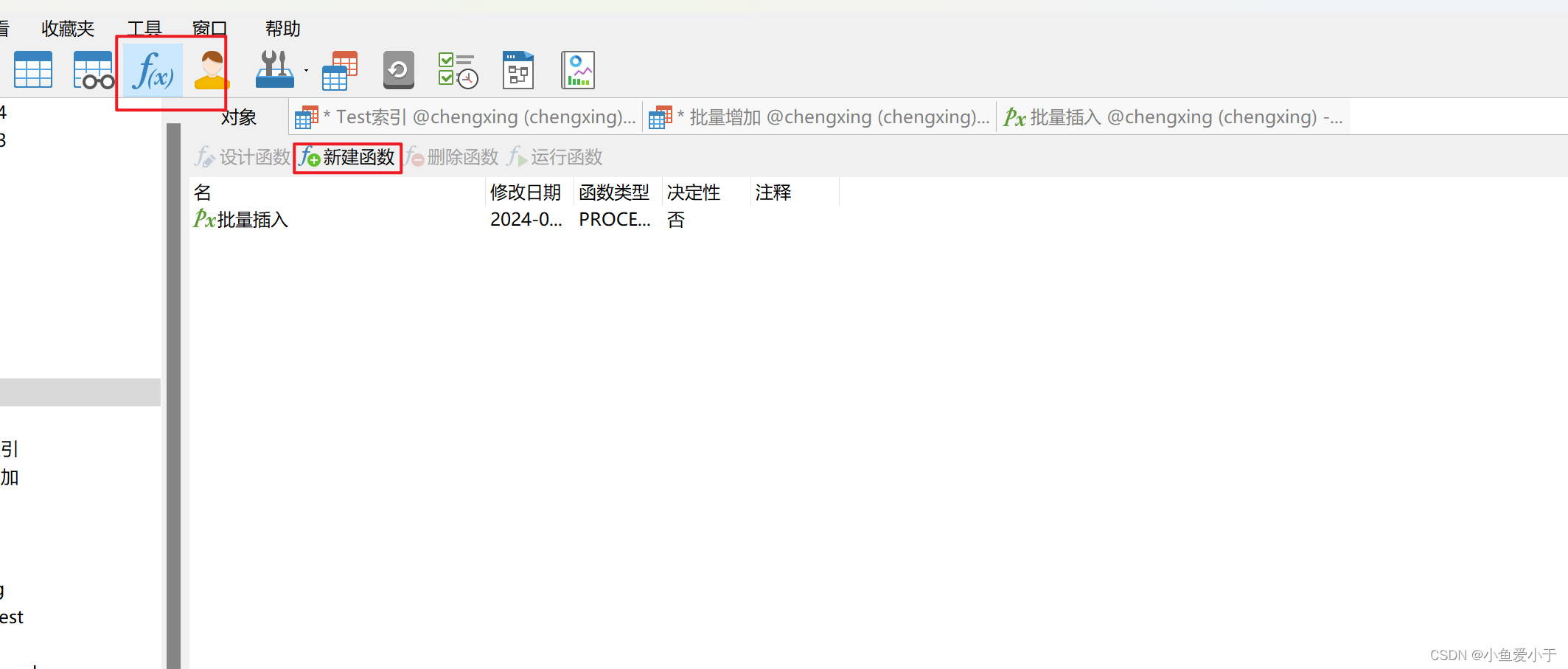

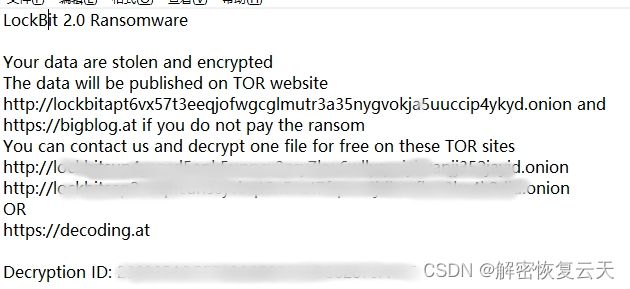

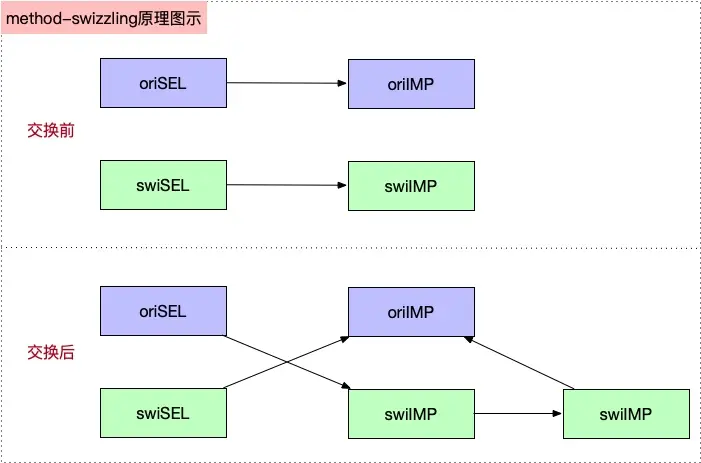
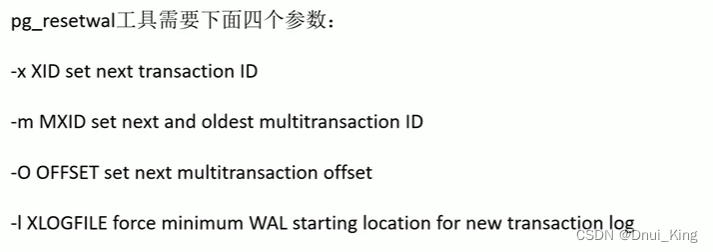


![[学习笔记]CyberDog小米机器狗 开发学习](https://img-blog.csdnimg.cn/direct/3d57d3cae91941eeba4f7e02152521bc.png)


